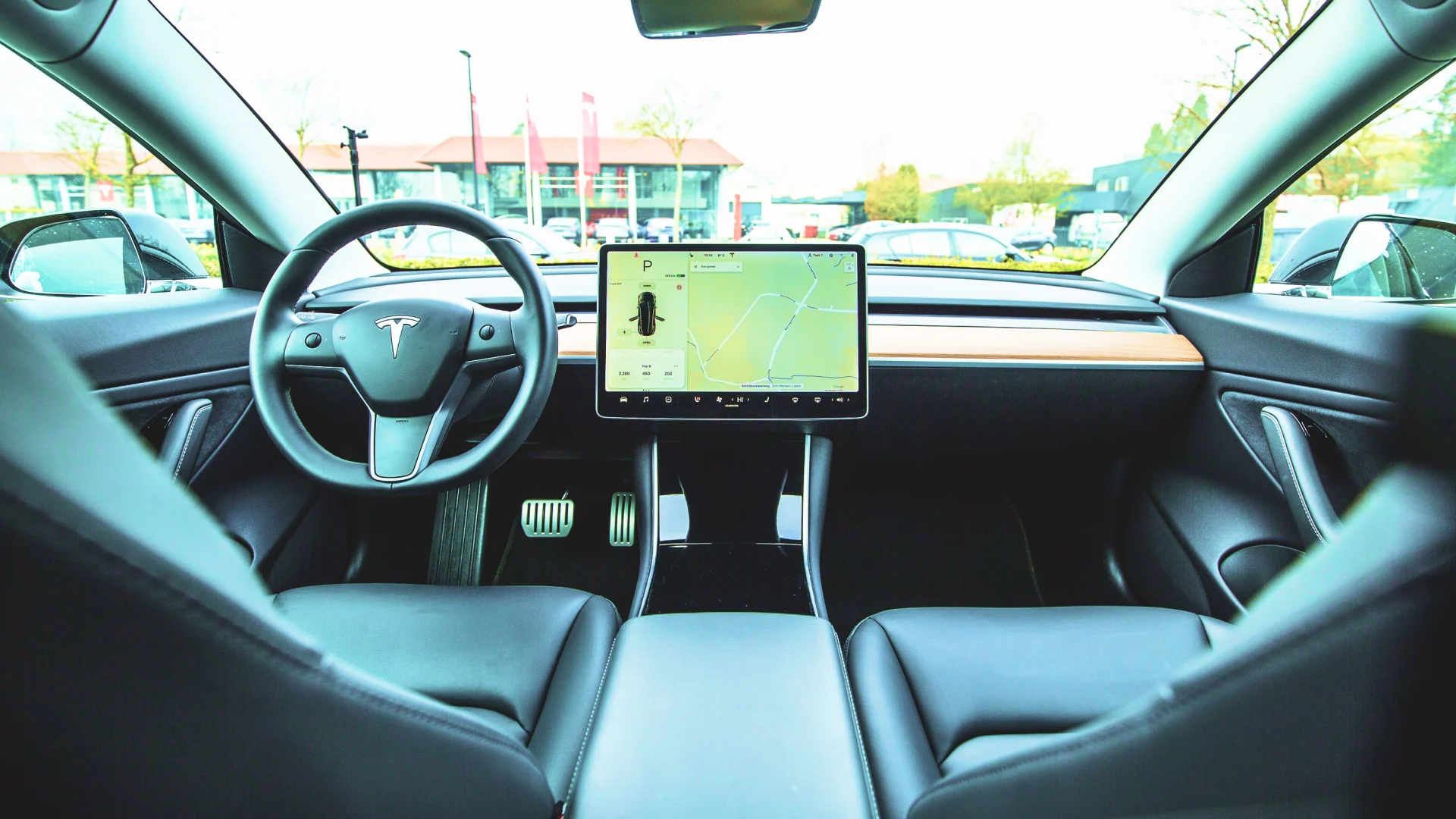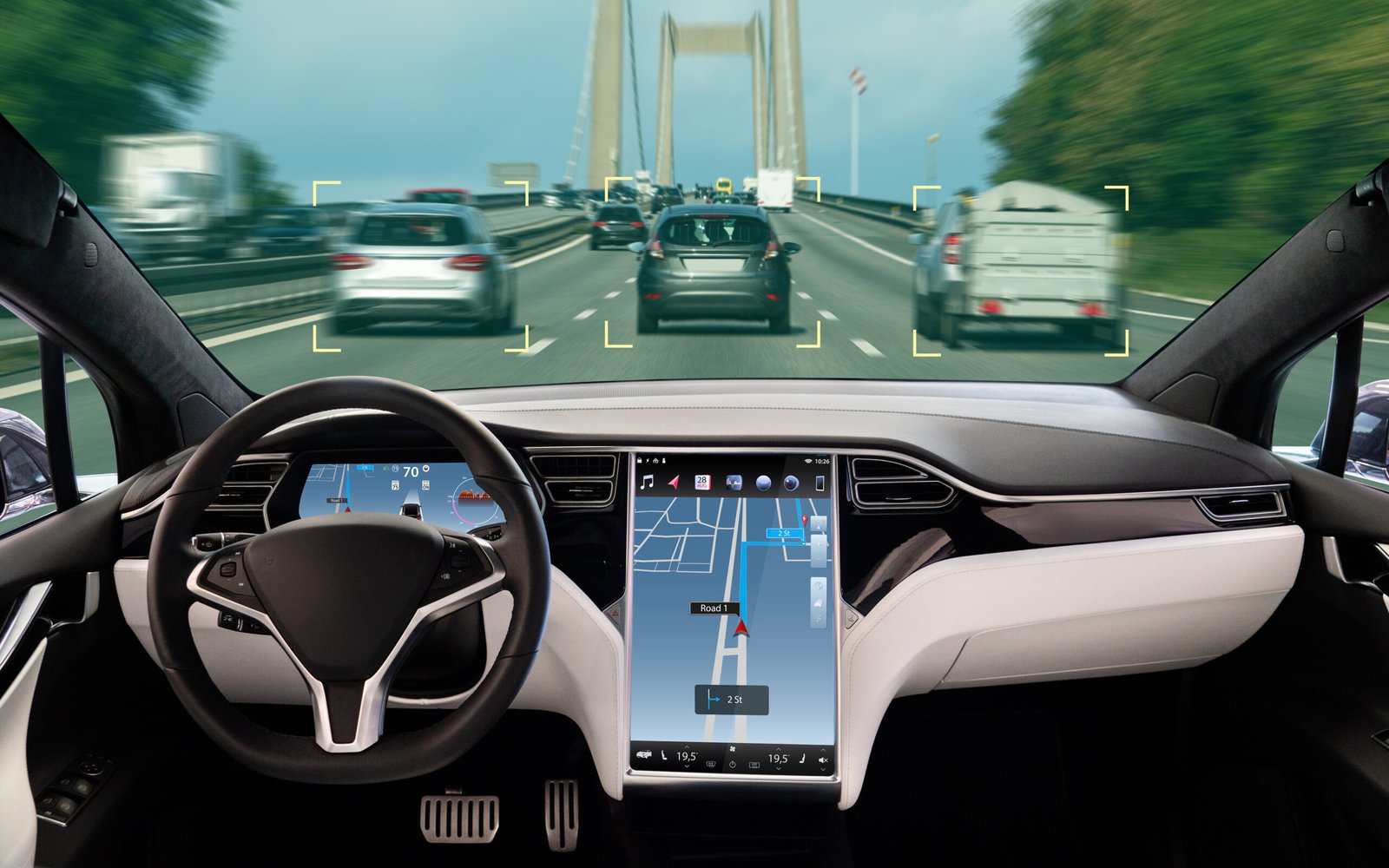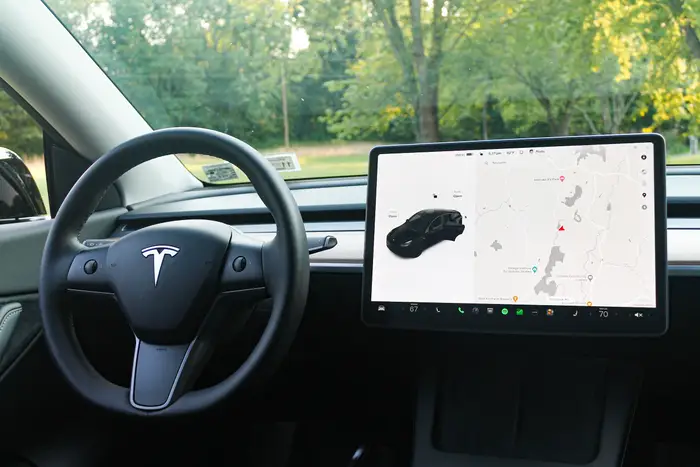Self-driving technology continues to evolve rapidly, but not all vehicles offer complete autonomy. Many, like those with Tesla Autopilot, provide advanced driver assistance features rather than full self-driving. Tesla Autopilot supports tasks such as lane centering and adaptive cruise control, helping reduce driver workload while still requiring active supervision.
Let’s take a look at these features in plain language.
What Is Autopilot?
Tesla Autopilot is an assistive driving technology. It does not have the ability to drive the vehicle completely on its own. Rather, it supports the motorist by managing certain portions of operating the vehicle. You need to be in the driver’s seat. You are still required to monitor the roadway and stay vigilant.
A lot of people are misinformed about Tesla Autopilot having full automation features. That’s incorrect. It operates more like a sophisticated co-pilot who assists with acceleration and deceleration as well as steering.

Primary Features of Tesla Autopilot
Notice these features that are usually included with Autopilot:
- Traffic-Aware Cruise Control
This feature makes sure that your car maintains a safe following distance relative to the car ahead of you. It independently accelerates or decelerates to synchronize with traffic.
This is an improvement over basic cruise control as it eliminates the need to constantly adjust your speed.
- Autosteer
This feature assists in keeping the vehicle in its lane. It utilizes the car’s cameras and sensors to make minor steering adjustments to prevent drifting.
- Emergency Braking
This assists in preventing collisions. If there is an object in your path, the system can automatically slow down or stop the vehicle.
This is beneficial in case the driver does not respond in time.
- Collision warning
The system will alert you with a warning if an accident appears to be imminent. It can flash lights or make sounds to signal you.
You will still be able to take action to reduce the speed of your vehicle or even move out of the way.
- Lane Departure Warning
The system also alerts you if you are slowly drifting out of your lane without signalling. This will help avoid collisions especially when you are drowsy.
Overall, this adds ease and additional protection while driving, though the vehicle is still operated by a human.
What You Don’t Get Without Full Self Driving
With no self-driving option selected, these advanced features will not be available:
- Automatic lane changes
- Navigation on city streets
- Self-parking features
- Traffic light and stop sign control
So in essence, should you choose to use Autopilot only, your vehicle will assist you with some basic functions, but will not drive on its own. You are still fully in control.
Safety With Autopilot
Autopilot makes driving easier, but it is not fully self-driving. You still have to do the following:
- Ensure hands are on wheel
- Prepare to assume control
- Look at the road
Some people misuse these functions, resulting in potential hazards. Smart driving systems are assistants, not replacements. Knowing their boundaries is essential.
Comparative Analysis of Tesla and Waymo Freelance Driving
Let’s now make a general comparison between Tesla and Waymo self-driving systems.
The Tesla-style systems tend to use cameras paired with software. The videos capture vehicles operated by everyday drivers.
Rather, other self-driving systems like those from Waymo tend to use additional sensors and complex maps. These systems are mainly tested in controlled environments, often as ride-hailing services instead of personal vehicles.
To summarize, the focus for some systems is to enhance driving skills. Other systems attempt to take control of the vehicle from the driver.
Common Misunderstandings
Many people believe that Autopilot allows a car to drive independently anywhere. That’s false. Please remember the following:
- Autopilot = Driver assist
- You must always be alert
- It does not replace human control
Like training wheels, these systems assist you without fully taking over.
Future of Basic Autopilot
Autopilot might get smarter in the future. Updates adding new capabilities may include smoother lane keeping or enhanced braking. However, full self-driving features will still likely be sold separately. click here
Smart driving features will become more common as laws change and more data gets collected. Even so, drivers will always need to be part of the process, for now.
Simple Summary
With Autopilot engaged, steering and speed are assisted, but not fully automated.
Key components include cruise control, autosteer, and emergency braking.
In the absence of full self-driving, the vehicle is unable to self-park or navigate city streets.
These systems may be active, but staying alert is always important.
Looking at the differences between Tesla and Waymo self-driving cars shows different priorities, assistance from the driver and complete automation.

Conclusion
The way we drive is being fundamentally altered by smart features like Autopilot. They increase safety, make driving easier, and enhance relaxation while driving. However, these features do not allow vehicles to self-drive.
Understanding the pros and cons of something is critical in helping you make an informed decision. When you assess the functionalities of Tesla Autopilot feature and compare it to self-driving technology by Waymo, keep in mind that full automation is still a work in progress. Until then, a careful human driver, assisted by advanced technology, remains the best driver.
For more updates and details visit our Pinterest Profile!
FAQS
- Is Autopilot the same as full self-driving?
Both are not the same. Simple tasks are Autopilot’s responsibility while Full self-driving handles more complex tasks.
- With Autopilot enabled, can I take my hands off the wheel?
No. Eyes on the road and hands on the wheel.
- What happens if I don’t remain attentive using Autopilot?
Presumably, warnings are issued and the car might reduce speed. The system needs supervision.
- Is Autopilot functional during rush hours?
Basic Autopilot can handle traffic better on the motorway. Stop signs and traffic lights may pose challenges.
- What sets Autopilot apart from other systems?
Some systems focus on full automation with many additional sensors. Autopilot works to aid the driver rather than replace them.

